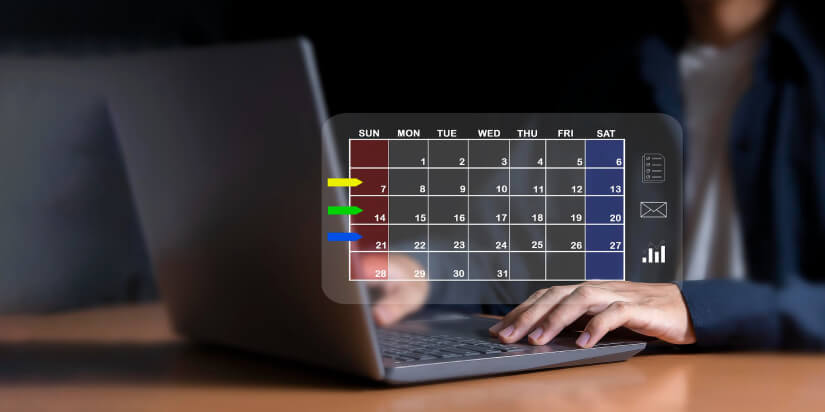The life of a freelance model is a whirlwind of creativity, style, and dynamic projects. From the thrill of the runway to the focus of a photoshoot, you are the master of your craft. But behind the glamour lies the reality of running a business—your business. One of the most critical, yet often overlooked, aspects of a successful modeling career is mastering your finances. It’s the part of the job that doesn’t involve a camera, but it’s what sustains your career and empowers your future. This comprehensive guide will walk you through the essentials of invoicing like a pro, strategically saving for taxes, and the crucial steps to ensure you’re getting paid on time.
The Art of the Invoice: More Than Just a Bill
An invoice is a reflection of your professionalism. It’s not just a request for payment; it’s a formal document that details the services you’ve provided and sets clear expectations. A poorly constructed invoice can lead to confusion, delays, and even disputes. A well-crafted freelance model invoice, however, streamlines the payment process and reinforces your brand as a serious professional.
What Every Professional Invoice Template Must Include
Think of your invoice as the final handshake of a successful collaboration. To ensure it’s effective, every invoice you send should be clear, concise, and contain all the necessary information. Here’s a checklist for your professional invoice template:
- Your Business Information: Your full name or business name, address, phone number, and email address.
- Client’s Information: The full name and address of the client or company you are billing.
- Invoice Number: A unique identifier for each invoice (e.g., 001, 002, 2025-01). This is crucial for tracking.
- Date of Issue: The date you are sending the invoice.
- Payment Due Date: Clearly state when the payment is due. This is a key part of your payment terms for models.
- Detailed Description of Services: Don’t just write “Photoshoot.” Be specific. For example: “Full-day (8 hours) commercial photoshoot for Spring/Summer Campaign.” Itemize different services, such as fittings or travel time, as separate line items.
- Rate and Quantity: Clearly list your hourly, daily, or project rate. If you worked multiple days, specify the quantity.
- Subtotal: The total amount before any taxes or fees.
- Applicable Taxes: If required in your region, add the necessary sales tax (like GST/HST in Canada).
- Total Amount Due: The final amount the client needs to pay, written in a bold, clear font.
- Payment Methods: Specify how you accept payments (e.g., bank transfer, PayPal, Stripe). Provide all necessary details like your bank account number or PayPal email.
- Late Payment Clause: Include a polite note about your policy on late payments, which could include late payment fees.
Streamlining with Invoicing Software for Freelancers
While you can create invoices in a word processor or spreadsheet, using dedicated invoicing software for freelancers can be a game-changer. Tools like Wave, QuickBooks Self-Employed, or FreshBooks can automate the process, send reminders for overdue payments, and provide a clear overview of your income. This can be an invaluable part of managing your freelance model finances, freeing up your time to focus on what you do best.
Securing Your Coin: Getting Paid On Time, Every Time
Chasing payments is stressful and time-consuming. The key to getting paid on time is to be proactive and set clear expectations from the very beginning. This starts long before the invoice is even sent.
The Power of a Freelance Model Contract
Never work without a contract. A solid freelance model contract is your most powerful tool. It’s a legally binding agreement that outlines the scope of work, usage rights, and, most importantly, the payment schedule and terms. Your contract should explicitly state your rates and when payment is expected (e.g., “Net 30,” meaning 30 days after the invoice date). Having these terms in writing protects both you and the client and minimizes the chances of payment disputes later on.
Establishing Clear Payment Terms for Models
Your payment terms should be discussed and agreed upon before the job begins. Common payment terms in the industry include Net 15, Net 30, or even payment upon completion for smaller jobs. For larger projects, consider negotiating a deposit (e.g., 50% upfront) to secure the booking and improve your cash flow. Whatever you decide, ensure it’s clearly stated in both your contract and on your invoice.
The Art of Chasing Invoices Gracefully
Even with a contract and a perfect invoice, payments can sometimes be late. How you handle this can impact your professional relationships.
- Send a Polite Reminder: A day or two after the due date, send a friendly email. It could be a simple, “Hi [Client Name], just a friendly reminder that invoice #[Invoice Number] was due on [Due Date]. Please let me know if you have any questions.” Often, it’s just an oversight.
- Follow Up by Phone: If you don’t hear back after a week, a polite phone call can be effective.
- Implement Late Payment Fees: If your contract includes a clause for late payment fees, you can send an updated invoice with the added fee. This often incentivizes prompt payment.
Remember that platforms designed to connect models with opportunities, such as Dazzlerr, often facilitate secure payment processes, adding a layer of protection to your transactions. This can be a valuable consideration when seeking out new clients and managing your bookings.
The Inevitable: A Freelance Model’s Guide to Taxes
When you’re a freelance model, you are your own employer. This means you are responsible for paying your own taxes. The thought of freelance model taxes can be daunting, but with a bit of planning, it’s entirely manageable. Ignoring your tax obligations can lead to significant financial stress and penalties down the road.
Saving for Taxes: The “Pay Yourself First” Mentality
The golden rule of saving for taxes as a freelancer is to set aside a portion of every single payment you receive. A common recommendation is to save 25-30% of your gross income specifically for taxes. Open a separate savings account for this purpose. When a client pays you, immediately transfer that percentage into your tax account. This way, you won’t be scrambling for funds when it’s time to pay your estimated taxes for freelancers.
Understanding Self-Employment Tax
In many countries, including the US, freelancers are subject to self-employment tax. This covers your contributions to Social Security and Medicare. It’s a significant portion of your tax bill, which is why saving a percentage of your income is so crucial. Consult with a tax professional to understand the specific requirements in your country or region.
Unlocking Tax Deductions for Models
One of the benefits of being self-employed is the ability to deduct business expenses, which can lower your taxable income. Keeping meticulous records of your expenses is key. Common tax deductions for models include:
- Agent and Booker Fees: The commission you pay to your agency.
- Professional Development: Acting or posing classes, workshops.
- Marketing and Promotion: Website hosting, comp cards, portfolio printing.
- Supplies: Makeup, skincare, and hair products used for work.
- Travel Expenses: Mileage, public transportation, and flights for castings and jobs.
- Home Office Expenses: A portion of your rent and utilities if you have a dedicated workspace at home.
- Phone and Internet Bills: The percentage used for business purposes.
- Health Insurance Premiums.
Mastering Your Money: Financial Planning for Models
Effectively managing your freelance model finances goes beyond invoicing and taxes. It’s about creating a sustainable financial future in an industry known for its income fluctuations.
The Importance of Budgeting for Freelancers
A budget is your financial roadmap. It helps you track your income and expenses, so you know exactly where your money is going. Start by tracking all your freelance model expenses for a month. Then, create a budget that allocates funds for your fixed costs (rent, bills), variable costs (groceries, entertainment), savings, and tax fund. There are many apps that can help with budgeting for freelancers, making the process much simpler.
Managing Income as a Model
The freelance life often means feast or famine. You might have a great month followed by a slower one. This is why managing income as a model is so important. When you have a high-earning month, resist the urge to splurge. Instead, use that extra income to build up your emergency fund (aim for 3-6 months of living expenses) and top up your tax savings account. This financial cushion will provide peace of mind during quieter periods.
Running a Modeling Business: The CEO Mindset
Ultimately, financial success as a freelance model comes from adopting a business owner’s mindset. Your career is not just a series of gigs; it’s a business. This is a core piece of freelance model tips and model career advice. Invest in tools that make you more efficient, seek professional advice when you need it (like from a financial advisor or accountant), and always be looking for ways to grow your brand and income streams. Your journey in running a modeling business is a marathon, not a sprint, and sound financial management is the fuel that will keep you going.
By taking control of your invoicing, being diligent about saving for taxes, and setting clear payment expectations, you are not just managing money; you are building a foundation for a long and prosperous career in the fashion industry. Financial empowerment is the ultimate power move for any freelance model.















